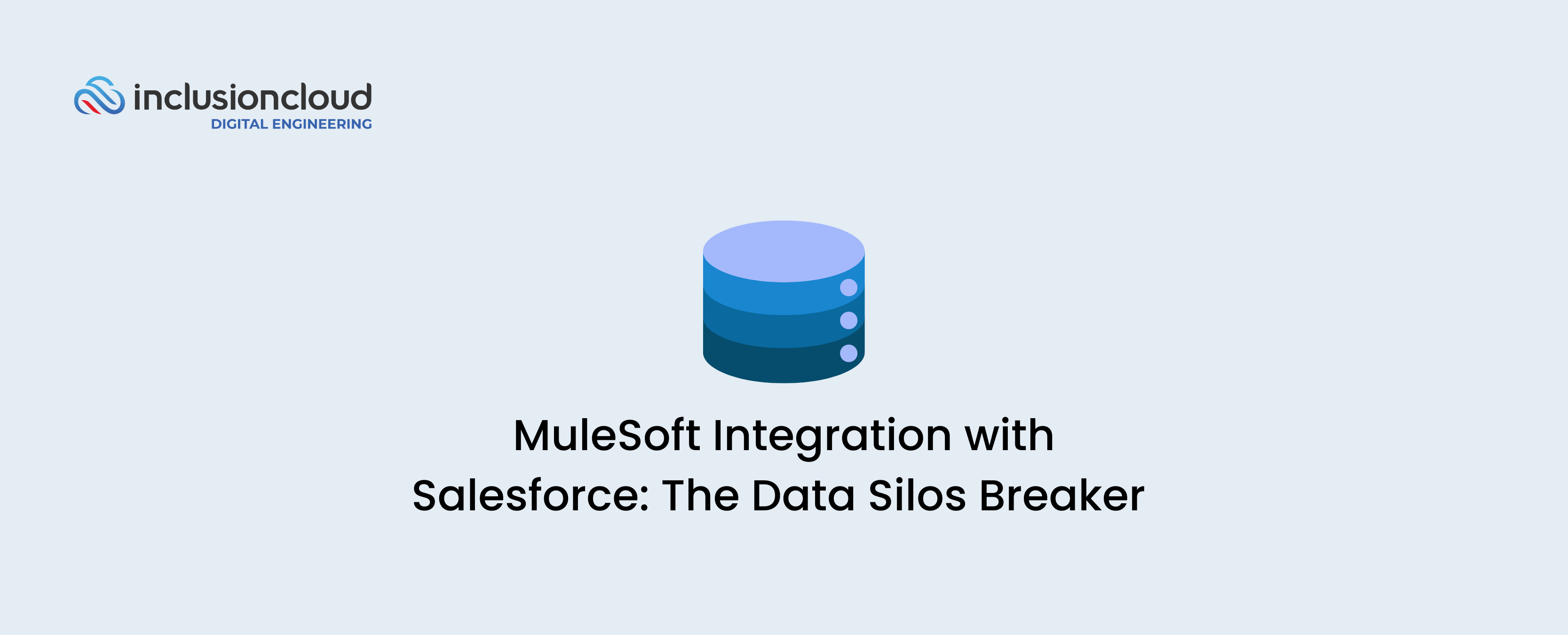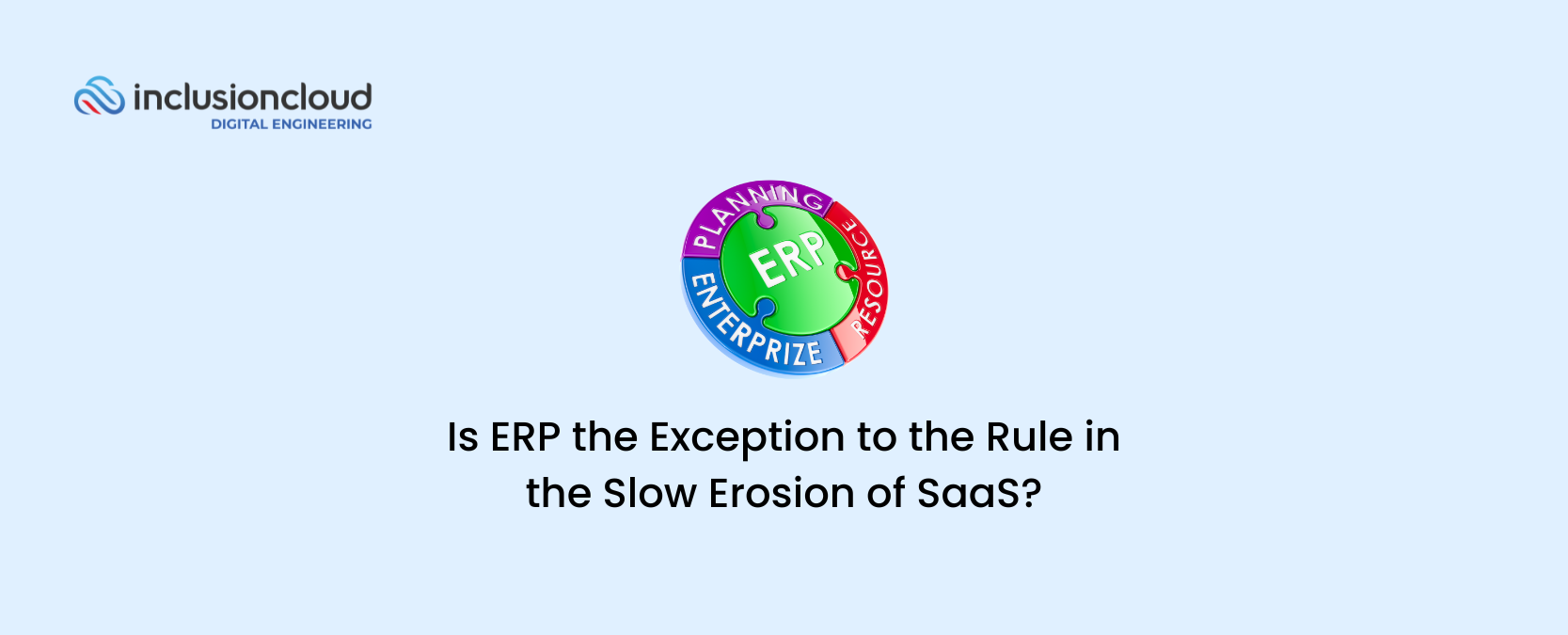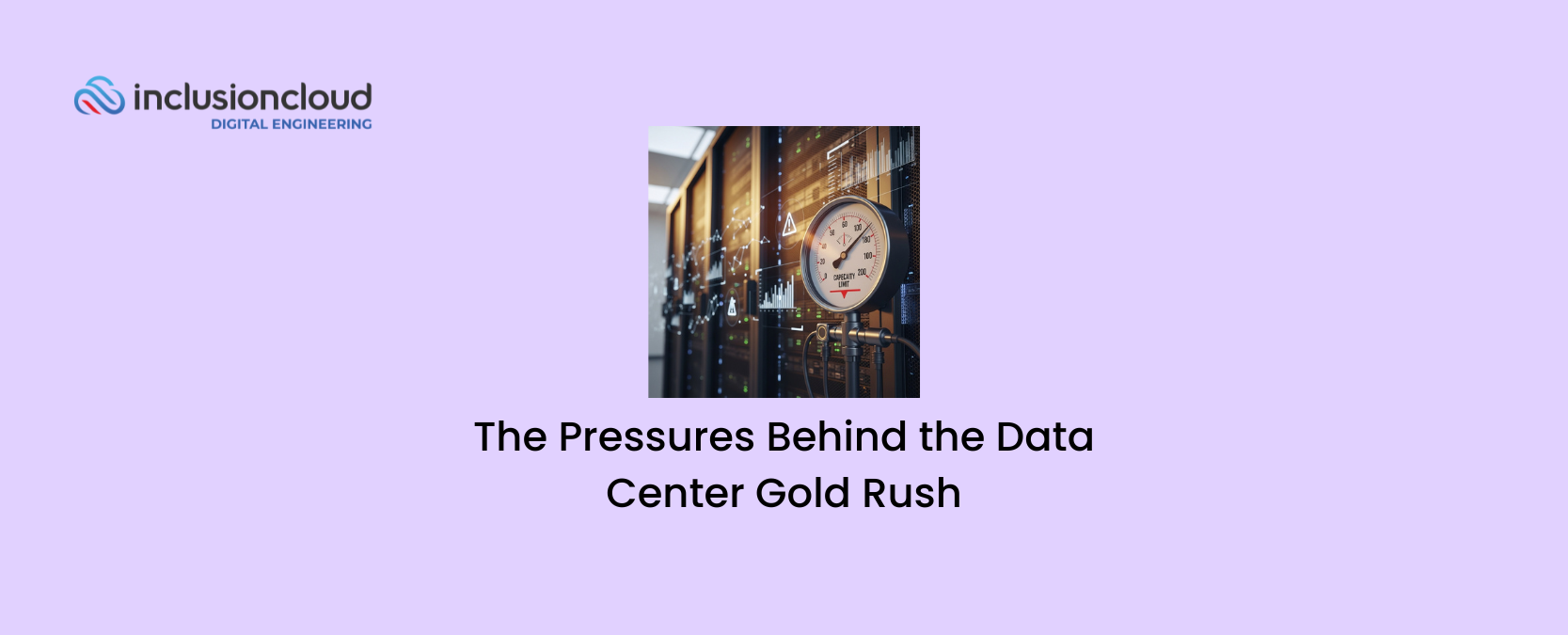991 applications. That’s the average number of apps used by organizations in America. And you might be surprised to learn that only 28% of those applications are integrated. This challenge is what drove Salesforce’s major investment when it acquired MuleSoft in 2018.
The goal was clear: to give businesses the tools to integrate their various systems and unify data across applications. MuleSoft has become the ultimate ‘data silos breaker,’ connecting cloud applications, on-premises systems, and legacy platforms, and offering the flexibility and agility enterprises need today.
But beyond the technology, MuleSoft integration can be a key enabler in reducing costs by cutting down the time and code required for custom integrations. It alleviates the burden on IT teams and reallocates resources to digital transformation initiatives that put innovation at the center.
In this article, we’ll explore how MuleSoft and Salesforce integration are the key to breaking data silos and unlocking a more efficient, less expensive way to build an integrated enterprise.
What Is MuleSoft, How Does It Work, and Why Is It the Most Efficient Data Silos Breaker?
Let’s start with the basics. What is MuleSoft, how does it work, and why has it earned the reputation as the most efficient data silos breaker? MuleSoft is a platform that connects different applications, devices, and data systems, allowing them to exchange information seamlessly. It works by acting as a bridge between various systems—whether they’re cloud-based, on-premises, or legacy—making sure data can flow freely across the organization.
MuleSoft’s ability to break down data silos comes from its powerful integration tools, which automate the process of linking systems that would otherwise remain disconnected. Without MuleSoft, these systems would operate in silos, requiring manual intervention to share data, which is both time-consuming and error-prone. By integrating systems like Salesforce and SAP, MuleSoft automates data flow, ensuring that all teams have the information they need in real time.

What Is an API and How Does MuleSoft Use It?
So, how does MuleSoft connect systems? The key lies in APIs. An API (Application Programming Interface) is like a bridge that lets different systems communicate with each other. It works by accepting requests from one system, securely passing them to another system, and delivering the response back. MuleSoft specializes in managing these APIs, making sure the communication between systems is fast, secure, and seamless.
For instance, let’s say your sales team uses Salesforce to track customer interactions, but your finance team uses an ERP system for invoicing. Without integration, these systems won’t communicate, and data transfer between them will require manual work. MuleSoft uses APIs to automate this communication, allowing Salesforce to pull data from your ERP in real-time, enabling a smoother, faster workflow.
What Is an iPaaS and Why Does It Matter?
MuleSoft’s iPaaS (Integration Platform as a Service) is another key component of its ability to break down data silos. An iPaaS is a cloud-based platform that enables businesses to integrate their various applications and data sources—whether they are in the cloud or on-premises. MuleSoft’s iPaaS is what allows businesses to connect all of their systems in a single, centralized platform, without needing to develop costly, time-consuming custom integrations.
By simplifying these connections, MuleSoft helps companies reduce the need for custom code, which makes it faster and easier to build and maintain integrations. This flexibility not only saves time but also reduces costs and improves overall efficiency across the organization.
What Is MuleSoft Composer and How Does It Simplify Integration?
For those who aren’t tech experts, MuleSoft Composer is a powerful tool that allows business users to create integrations with “clicks instead of code.” MuleSoft Composer simplifies the integration process by enabling non-technical users to connect systems like Salesforce and SAP without needing to write any code. This empowers teams outside of IT to manage their own integrations, freeing up IT resources for more strategic initiatives.
For example, a marketing team might want to sync Salesforce data with their email marketing platform to send personalized campaigns. With MuleSoft Composer, they can build this integration without relying on IT, enabling faster execution and reducing the dependency on technical teams.
Why Integrate MuleSoft with Salesforce?
Now, let’s look at the bigger picture: Why integrate MuleSoft with Salesforce? The answer lies in the benefits of seamless data flow across an organization. Salesforce is a powerful CRM, but many organizations have multiple systems for managing their business—financial systems, inventory management, customer service platforms, and more. Integrating these systems with Salesforce through MuleSoft eliminates data silos, ensuring that information flows smoothly across departments.
This integration also saves time and reduces costs by automating manual tasks, such as updating customer records or syncing inventory data. It enables a 360-degree view of customer data by combining information from multiple systems, helping businesses provide more personalized service and make better decisions.
The Key Benefits of MuleSoft and Salesforce Integration
Here’s a breakdown of the key benefits MuleSoft and Salesforce integration offers:
- Breaking Down Data Silos: Integration ensures that data moves freely between systems, eliminating silos and enabling better collaboration across teams.
- Cost Efficiency: By automating manual processes and reducing the need for custom code, businesses save time and money, allowing IT teams to focus on innovation.
- Improved Customer Experience: Integrated systems provide a complete view of the customer, leading to more personalized and consistent interactions across all touchpoints.
- Agility and Flexibility: MuleSoft’s reusable APIs and iPaaS platform make it easy to scale integrations as your business grows, adapting to new systems and changing requirements.
- Scalability and Future-Readiness: MuleSoft enables enterprises to easily scale their operations, whether by expanding to new markets, integrating new business units, or adopting emerging technologies like AI.
How MuleSoft and Salesforce Integration Benefits Agentforce and AI Agents
MuleSoft and Salesforce integration provides a significant advantage to Agentforce and AI agents by ensuring they have access to real-time, connected data across the organization. AI agents rely heavily on accurate, up-to-date information to perform tasks such as automating customer interactions, predicting business outcomes, and improving decision-making processes.
With the seamless integration provided by MuleSoft, AI agents are no longer limited by fragmented, isolated data sources. They can work across systems, pulling relevant data from various departments to provide more personalized and intelligent services. This integration also helps organizations enhance the capabilities of AI agents, making them a more powerful asset in driving business efficiency.
Conclusion: MuleSoft and Salesforce – The Ultimate Data Silos Breaker
MuleSoft and Salesforce together serve as the ultimate data silos breaker by simplifying integration across a company’s entire digital ecosystem. With MuleSoft’s pre-built connectors and APIs, businesses can streamline the integration process, drastically reducing development time and costs. This allows IT teams to focus on more strategic initiatives while automating the flow of data between systems.
By breaking down these data silos, MuleSoft spreads knowledge and insights across the organization, ensuring that all teams—from sales to finance—have access to the right information at the right time.
Found this article insightful? Follow us on LinkedIn for more daily content and updates. You can also subscribe to our biweekly newsletter, where we cover everything happening in the AI industry.





